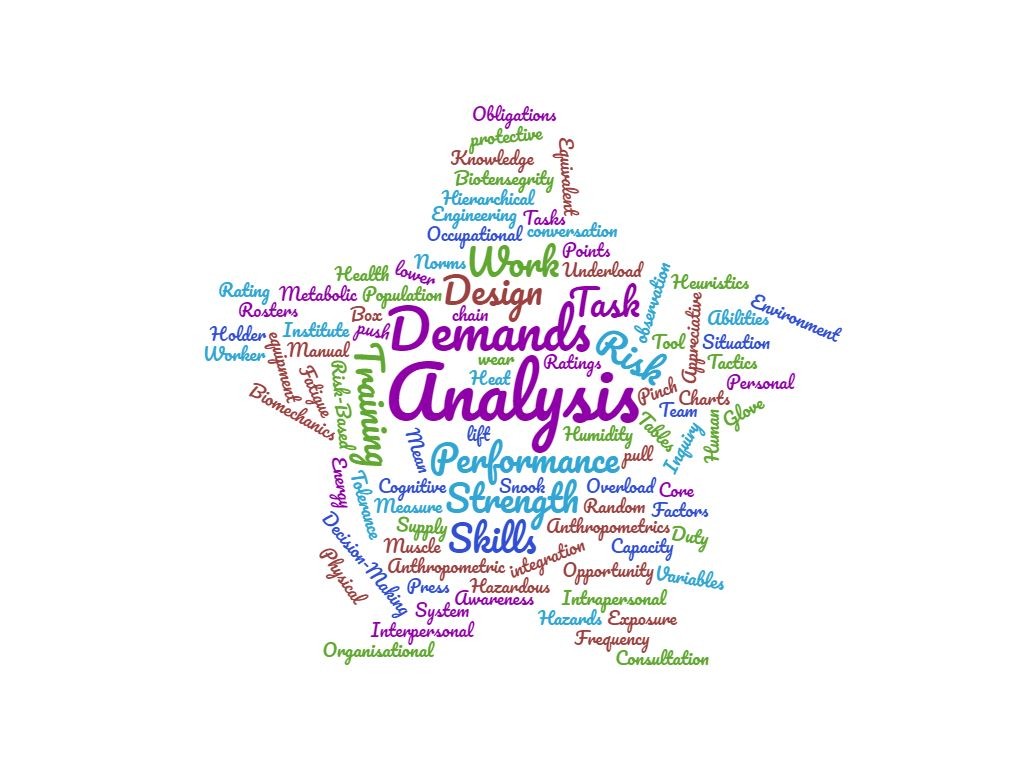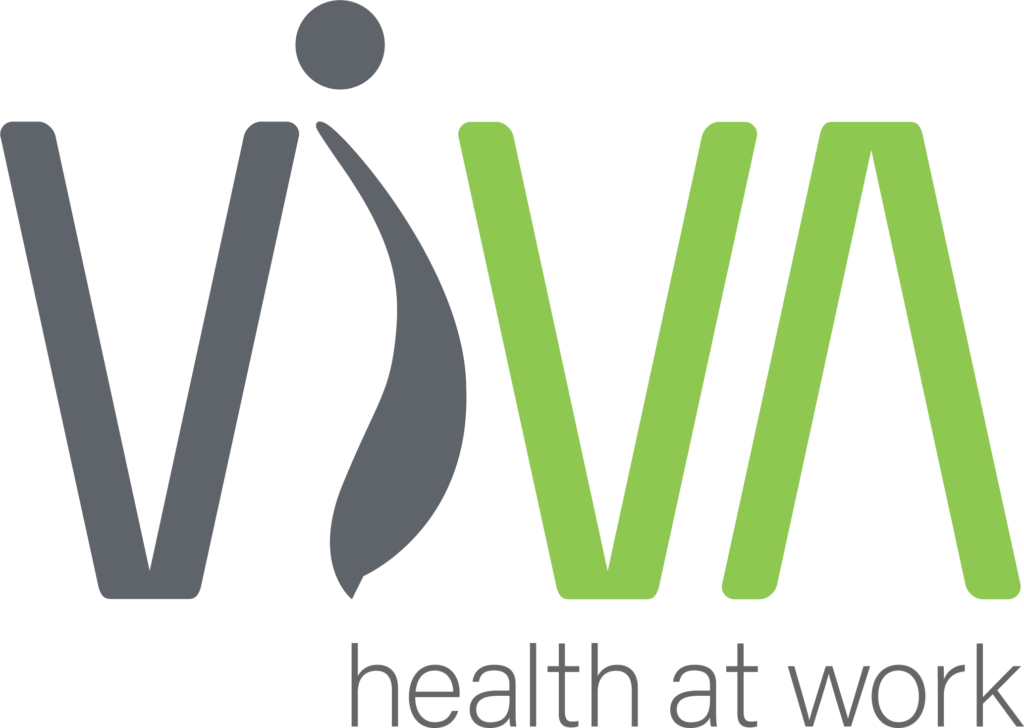How Good Work can be Driven
Good work design is a global concept because it relates to human rights initiatives to ensure healthful and well living. This includes the ability to be productive in meaningful ways while creating a positive impact in the world. There are international standards supporting the initiatives of good work design, such as:
- ISO 27500: 2016: Human-Centred Organisations: This establishes high-level principles to guide executive teams in the objectives that will optimise performance, minimize risks, maximise well-being, and enhance customer relationships
- ISO 27500: 2019: The Human-Centred Organisation: Guidance for Managers: This is intended to help leaders understand and improve human-centred aspects of their activities, and that of their teams. It describes elements to train these leaders and evaluate their performance.
- ISO 6385: 2016: Ergonomics Principles in the Design of Work Systems: This describes fundamental principles of ergonomics as the foundation for the design of work systems. It describes the integrated approaches that may be undertaken with others involved in the design process. The concepts impart knowledge upheld in the fields of human factors and ergonomics, engineering, design, organisational science, and quality and project management.
- ISO 26800: 2011: Ergonomics – General Approach, Principles, and Concepts: This supports improved safety, performance, effectiveness, efficiency, reliability, availability, and maintainability of a design outcome throughout the product (and human) lifecycle. It also aims to safeguard and enhance health, wellbeing, and satisfaction among those involved.

The Human Factors and Ergonomics Society of Australia (HFESA) will release their position on good work design tonight (23 July 2020 6:30pm AEST), focusing on the role of human factors and ergonomics: Good Work Design Webinar. The collateral and resources that have been developed include a journey map, a short and long paper, an easy-read version of the issues, a press-release, and video snippets describing good work design: HFESA Good Work Design Resources.
Importantly, a good work design initiative extends beyond a health and safety agenda. To be effective and positively impact a work system, the endeavour should involve a whole-of-business strategy. What does this look like? Unified, integrated strategies with performance indicators that relate to each business unit but, ultimately, reflect combined efforts to design and re-design tasks, work systems, job roles, communication strategies, and the environment (social as well as built) so that productivity and health are enhanced. Here are a few examples:
If a business reduces the level of exertion of a manual task, then this outcome can be driven and “owned” by:
- Health and safety: reduced risk reduction for acute musculoskeletal disorders among workers
- Occupational rehabilitation: the task may now become suitable for workers needing accessible duties during rehabilitation and return to work programming
- Wellbeing Teams: the provision of low-impact physical conditioning exercises to maintain an active workforce
- Workforce strategy: implementation of design for diversity so that more women, youth, or older workers, can find the task accessible and available to them
- Continuous quality improvement: because processes can improve to perform good work in a more efficient manner
- Finance: The task re-design can lead to efficiencies and improved productivity
- Procurement: an improvement in supplier relationships can occur while establishing new equipment for use
- Training: the training systems can include more accessible tasks with simpler, intuitive ways of working that leads to efficiencies in training and mentoring
- Workforce engagement: the design process, especially when it involves co-design and transparent feedback loops for communication, can involve workers in shared problem solving, learning, and the formation of positive social relationships
In this example, if each business unit conferred to target manual task re-design, driven by complementary but differing strategies and lead indicators, the work focus would be laser-sharp. This leads to less haphazard and disparate activity occurring in the organisation with integrated outcomes that can manifest in positive ways throughout the business (more proverbial bang-for-the-buck with cohesive work strategies).
In times of a pandemic, it may be that the technology of work systems could be a focus. Imagine: If the business implemented remote, authentic, real-time spatial collaboration (cloud-based technology that permits live video, 3-D, or panoramic imaging of a worksite with instant, live [and recorded-access options] narration [speaking] and notation [writing] for communication), the business units could consider achievement in the following ways:
- Health and safety: reduced risk reduction for disease transmission with geographic distance during communication and work oversight, but improved health and safety advisory services by skilled senior team members
- Occupational rehabilitation: the task may now become suitable for workers needing structured work with fewer cognitive demands given that more instructional aid can be available
- Wellbeing Teams: the provision of tasks that cognitively challenge to the “just-right” degree, without being overly taxing, yet allow for shared problem solving helps resolve psychological hazards leading to occupational stress and can improve the workplace climate and morale
- Workforce strategy: implementation of design for diversity initiatives so that more workers of different backgrounds and language and literacy capabilities can find the task readily understood, given the structured support available while they work
- Continuous quality improvement: because, once again, processes can improve to perform good work in a more efficient manner
- Finance: The task redesign can lead to efficiencies and improved productivity with less in-field time and more on-call supervisory support given to a greater number of work teams
- Procurement: an improvement in supplier relationships can occur while establishing new technology for use without delays or costs of shipping and delivery for most of the change to work processes
- Training: the training systems can provide more efficient and valid training methods, with formative assessment built into the software and real-world applications
- Workforce engagement: once again, the design process, involving new communication and training systems, can occur through the use of co-design so that workers can divulge work as it is done, not just imagined or prescribed, and feel as though they are part of the decision-making process and that leaders empathise with their work and work conditions.
A work design strategist can be a valuable asset in an organisation, bringing together the initiatives of multiple business units, collaborating among relevant design individuals or teams (in-house and external), and driving positive workplace change through the design and re-design of daily work tasks, work systems, communication and training methods, and the social or built environment. There is merit in engaging a human factors specialist and ergonomist in this role while elevating work design as a central, core, fundamental work practice with board directives and executive influence.

Disclaimer
Sara Pazell, BAppSci(OT), MBA, PhD, CPE, operates a human-centred design consultancy practice. She is affiliated with several Australian universities and service, product, or training organisations. These opinions reflect no other organisation with whom Sara has an affiliation; the ideas, concepts, and opinions are wholly Sara’s (influenced, of course, by the many scholars and teachers from whom Sara has been blessed to learn and sometimes wrangle with intellectually).
